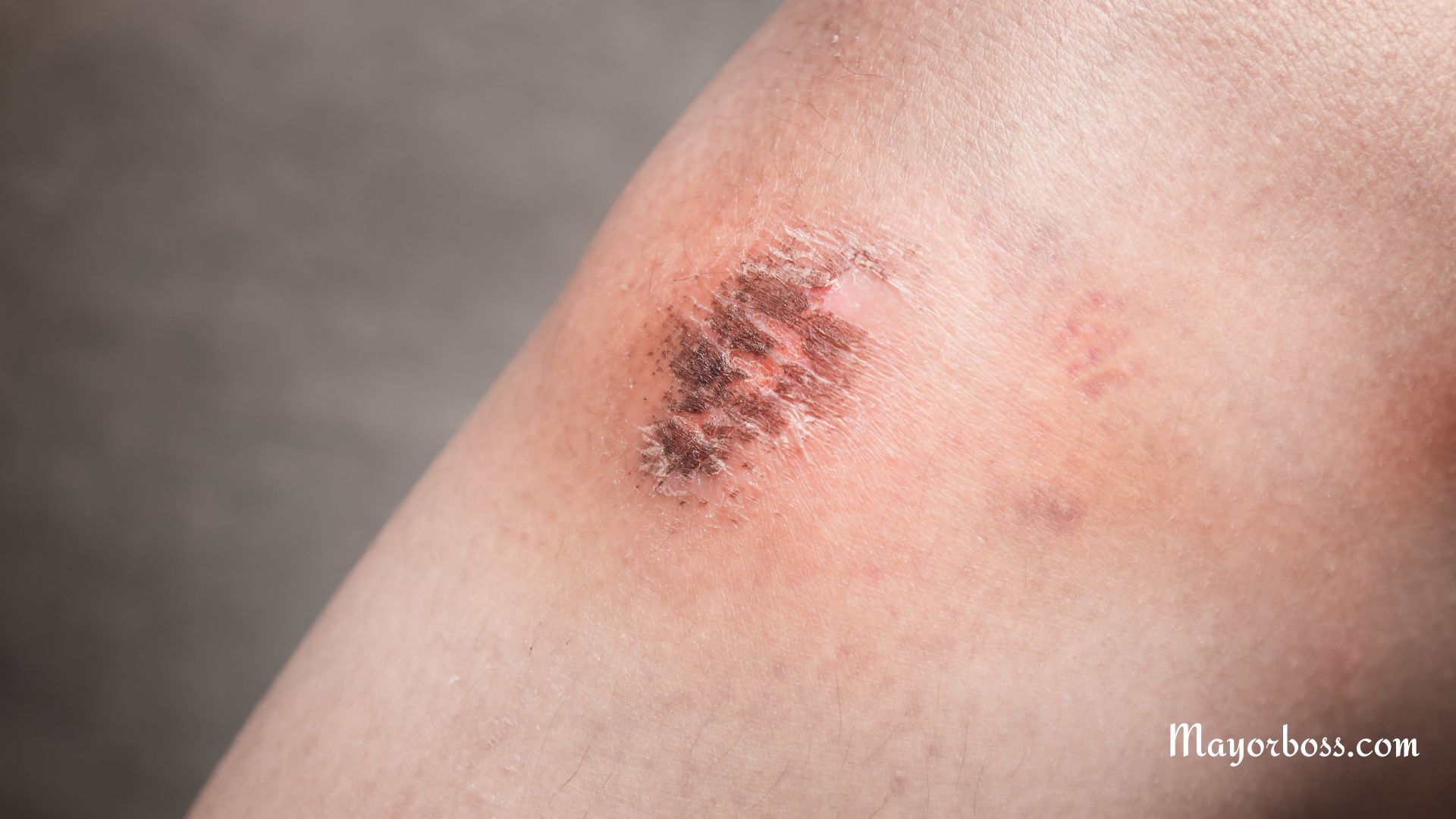What Causes a White Scab?
When you get a cut or a scrape, your body jumps into action to heal the wound. This process often results in a scab forming over the injury. Sometimes, you might notice that a scab turns white, which can seem unusual. Let’s dive into why this happens.
Understanding Scabs
A scab is essentially a protective shield. When your skin gets hurt, your body forms a blood clot to stop the bleeding. This clot, along with dried blood and fluids from the injured area, creates a scab. Scabs are usually dark red or brown.
The Role of Scabs
Scabs play a crucial role. They protect the wound from bacteria and give the skin underneath time to heal. So, even if they can be a bit unsightly or uncomfortable, they’re actually helping you.
Why Do Scabs Turn White?
Moisture’s Effect
A major reason for a scab turning white is moisture. If a scab gets wet – say, during a shower or bath – it absorbs water. This causes it to swell and change color, often to a lighter shade like white. Think of it like a sponge soaking up water.
Healing Process
Another factor is the healing process itself. As new skin forms under the scab, the scab may start lifting away from the new skin. This can change its appearance, sometimes making it look white or paler.
Infection Indicator
In some cases, a white scab might indicate an infection. If the area around the scab is red, swollen, or painful, or if there’s pus, these are signs of infection. In such cases, you should seek medical advice.
Caring for a White Scab
Keep It Clean and Dry
It’s important to keep the scab and the area around it clean and as dry as possible. This helps in preventing infection and aids the healing process.
Avoid Picking
You should also avoid picking at the scab. It can be tempting, especially if it’s itchy or bothersome, but picking can reopen the wound and lead to scarring or infection.
Moisturize Surrounding Skin
While the scab itself should stay dry, keeping the skin around it moisturized is beneficial. It prevents the skin from getting too dry or itchy, which can reduce the temptation to scratch.
When to Seek Medical Attention
If you’re concerned about the appearance of a scab or if it shows signs of infection, it’s always wise to consult with a healthcare professional.

In summary, a white scab is often just a part of the normal healing process, influenced by factors like moisture and the development of new skin. However, keeping an eye on it for any signs of infection is always a smart move. Remember, taking care of your wound and the scab is an important part of helping your body heal.
